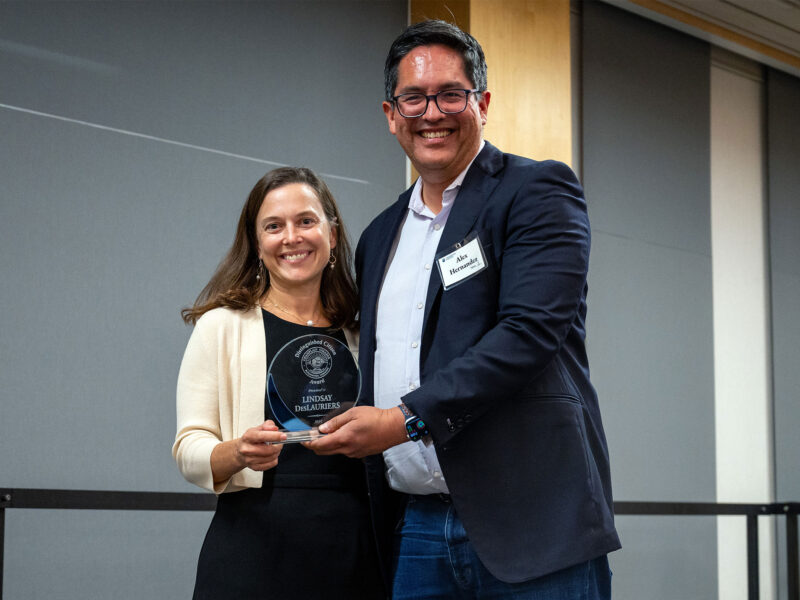Portfolio Tips from our Game Art Grads
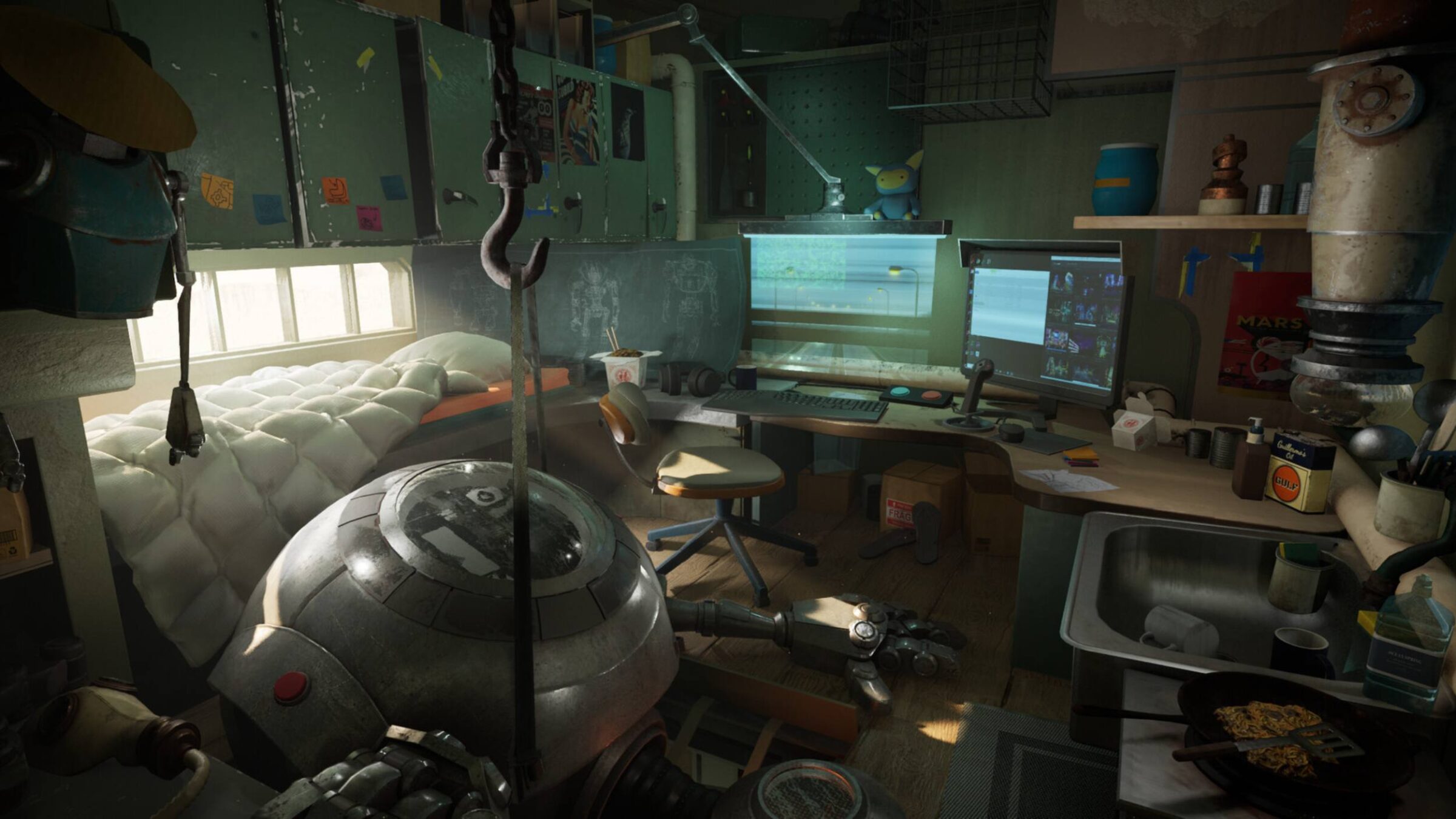
To help make the application process less intimidating, we asked three Game Art alumni for their tips on portfolios, landing their dream jobs, and advice for future Game students.
At Champlain College, Game Art is a major like no other. The Game Studio’s prestige and the polished work of our graduating seniors can make applying pretty intimidating for many prospective students. While the program is certainly not for the faint of heart, our graduates’ final portfolios reflect not just their individual talent, but the power of Champlain’s rigorous curriculum and specialized courses.
Don’t worry about other people’s work. The first year or so at Champlain is about making sure everyone has the same foundational skills.
Sean Napolitano ’19 // Game Art
Q: What is your current position?

Sean Napolitano, ’19 // Game Art & Animation (the program’s name has changed to Game Art): I am an Associate Environment Artist at Vicarious Visions.

Michael Andrews, ’19 // Game Art & Animation: I am an Environment Artist at Velan Studios in Troy, New York. I work on asset creation, bringing individual assets and sections of levels from their blockout/concept stages all the way to the final product. I also work on bug fixing, playtesting, optimizing, and polishing levels and assets.

Brennan Howell, ’19 // Game Art & Animation: I work as an Environment Artist at Velan Studios. I create 3D art for game environments. At Velan, we classify an environment as anything in the game that isn’t a character or VFX. That means working on architecture, foliage, props, lighting—you name it.
Q: What advice would you give prospective students as they assemble their portfolios?
Sean: Show them you can understand or learn the rules of art. My art wasn’t strong going into Champlain, but I did demonstrate at least an understanding of the basic rules. It’s more about the quality of the artist than the art.
Show your best work. A portfolio is only as good as its weakest piece. But don’t let perfection get in the way of consistency.
Don’t worry about other people’s work. The first year or so at Champlain is about making sure everyone has the same foundational skills.
Q: Describe your portfolio before, during, and after your time at Champlain. What changed and why/how?
Sean: Before, my portfolio was entirely in 2D pencil and not very grounded in artistic principles. At Champlain, my portfolio become entirely 3D and just…better. I discovered that I enjoyed working on 3D environments and gained an understanding of the “rules” of art. At Champlain, I focused on learning how to do the level of work that was required of me. Once I hit that quality threshold, my professors let me know. Then it became a question of showcasing my abilities. If my first piece showed a good understanding of hard-surface, then I should try a piece that has more organic shapes to show the diversity of things I can do as an artist.
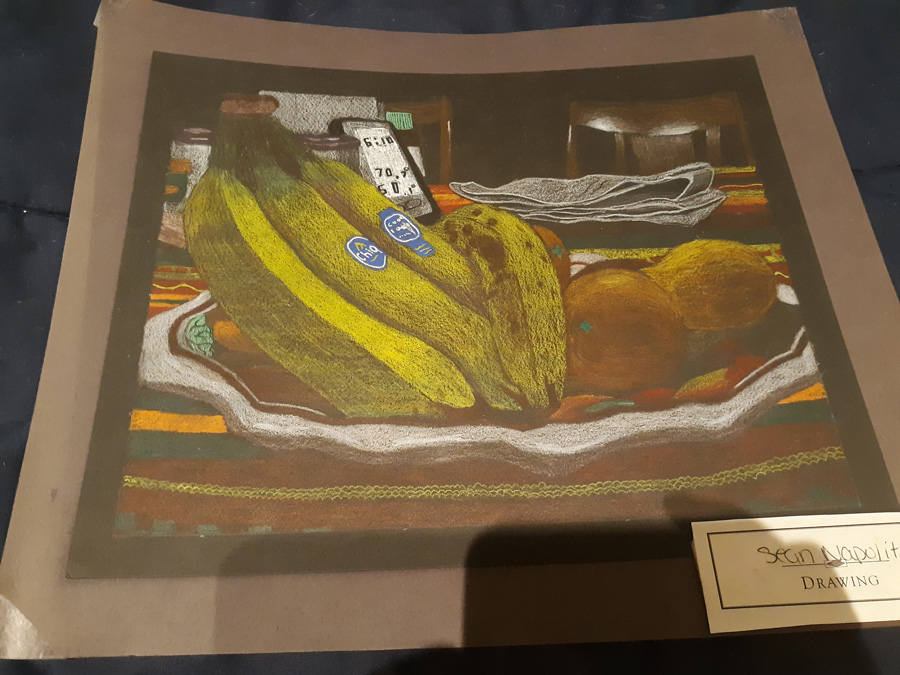
Michael: When I started at Champlain, I realized immediately that I had so much more to learn than I thought I did. Before starting, I assumed that I had an edge because I was familiar with Maya. My portfolio consisted largely of 3D work, but I had almost no work showing that I had a grasp of art fundamentals, which is much more important in an aspiring artist.
In my first semester, I realized not only how little I knew about Maya, but also how weak my artistic instincts were. Immediately, I removed every piece from my original portfolio and dedicated myself to learning the fundamentals. At the end of my four years, I had a portfolio I was very proud of, which showcased both my artistic instincts and technical knowledge.
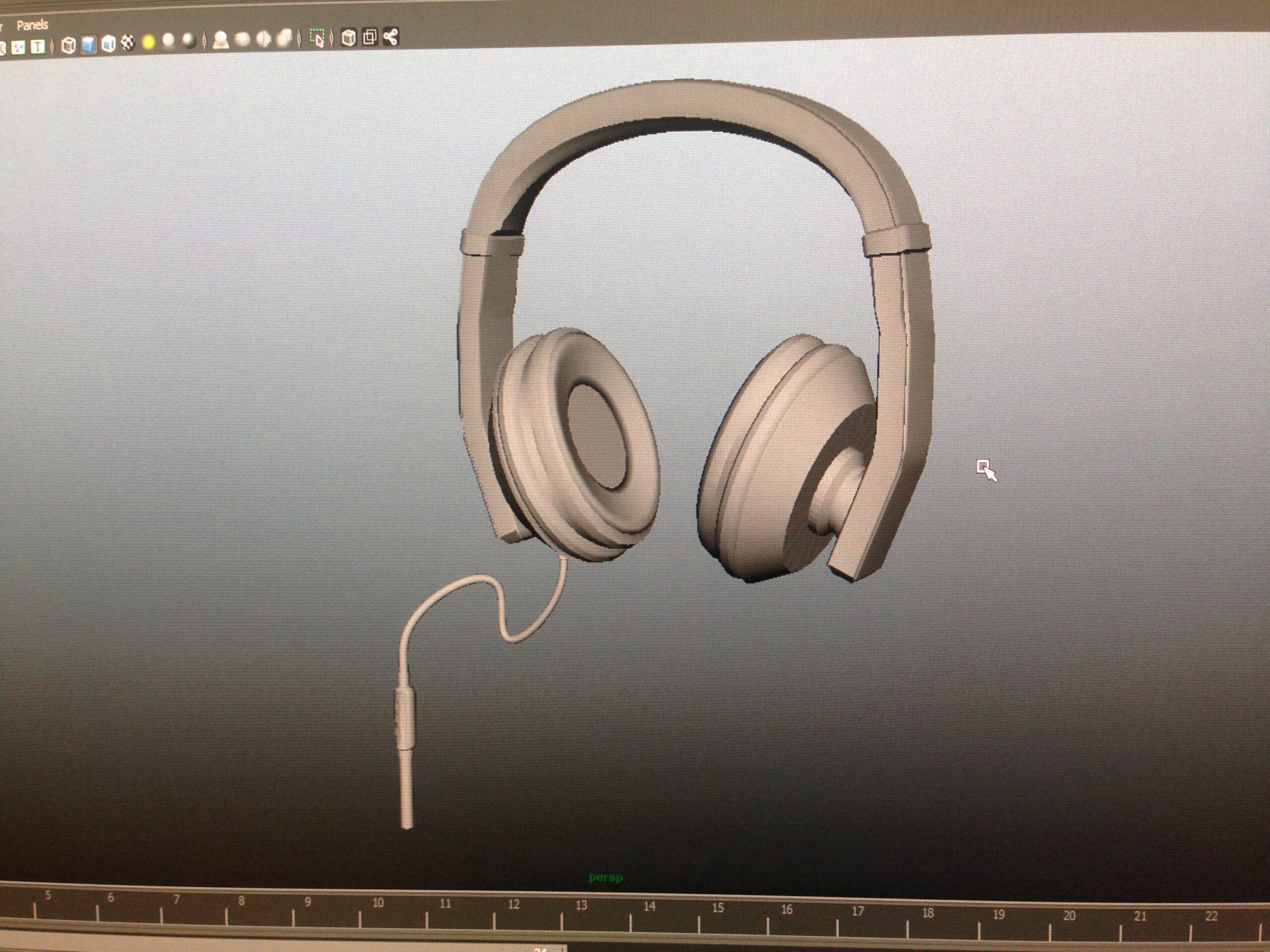
From Michael’s original portfolio, a 3D asset created with Maya software.
Brennan: My portfolio before Champlain was essentially nonexistent. I first visited Champlain at the age of 15 to tour the campus and talk to some faculty. That was when I learned the Game Art program had a portfolio requirement. I drew constantly for myself at that age, but I didn’t have any sort of cohesive portfolio. Thankfully, the faculty were able to give me the information I needed to assemble my application portfolio. It consisted of a handful of charcoal pieces showing some visual fundamentals.
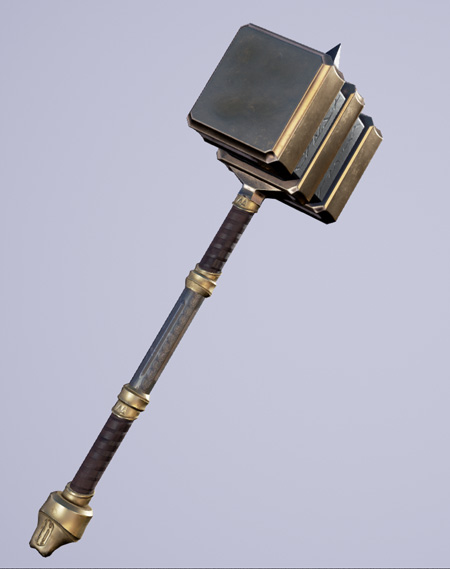
Michael: Make sure to show you have a grasp of art fundamentals. Basics—such as form, lighting, perspective, proportion, balance, and color theory—are all critical. When applying to a game art program, these fundamentals are much more important than any proficiency with 3D art. Drawing from life and figure drawing are both very valuable things to have in your portfolio. Don’t be intimidated if you don’t know Maya, or don’t have any experience in other 3D software. The majority of incoming students don’t have 3D experience, and those who do are shown immediately that what they think they know is wrong, like I was! Everyone is taught 3D at the same time—after you learn the fundamentals. And, lastly, avoid including anime in your portfolio.
Brennan: My number one piece of advice to prospective students would be to find out as much as you can about the specific requirements for the Game Art portfolio for your starting year. You can learn all of this information at a Game Career Exploration Open House event. The Game Art faculty will review your portfolio with you if you already have a body of work to look at, or, if you’re like me when I visited, they’ll be more than happy to tell you exactly what kind of work they want to see.
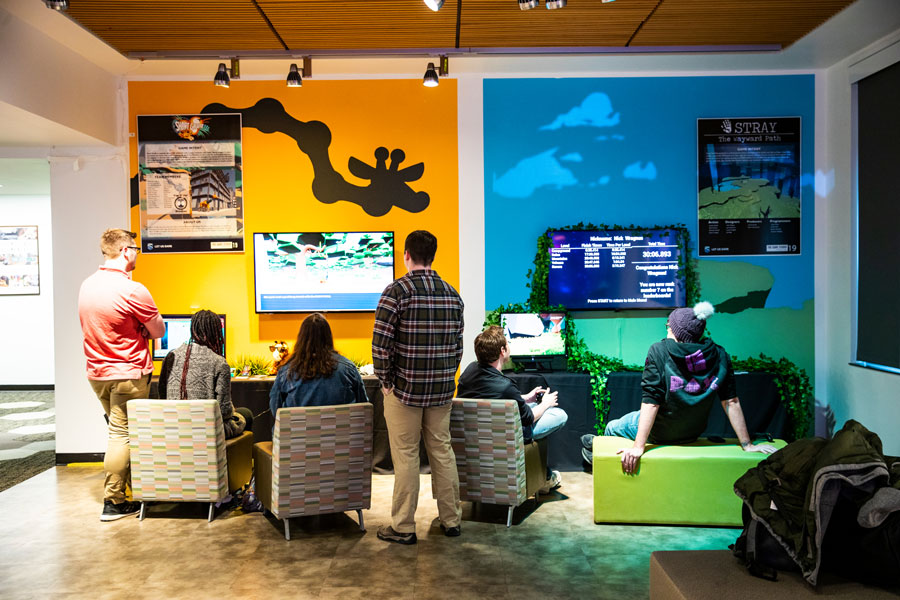
Q: How did you get to where you are today?
Sean: I honed my art, developed my resume and portfolio to showcase my strengths, and made use of my network. Thankfully, we are taught how to do all of those things in a required class in our senior year at Champlain. Professors make sure we know how to present ourselves in the best possible way.
Michael: I was lucky enough to know exactly what I wanted to do for a career before applying to colleges, and decided to attend a specialized school. Once I got into Champlain’s Game Art program, the next four years were constant hard work, learning, and improvement. Eventually, I found myself at a point at which I had multiple job offers to choose from, and I chose to work at Velan.
Brennan: I knew I wanted to make video games pretty much as soon as I realized making video games was something a person could do. I really enjoyed drawing and painting, and the idea of making game art just clicked for me.
Give them what they ask for. Being a game artist is about flexing your creativity within the constraints and limitations of a production environment. Make sure you follow the guidelines and requests for the entrance portfolio: It shows how you can handle it.
Fast forward to my time at Champlain: I heard about an innovative small studio in upstate New York that had already shown an interest in hiring Champlain students. When I found out that Velan’s Art Director was going to be visiting Champlain for our career fair, I showed him my portfolio and asked if there was any work I could do that would make me stand out. He gave me some ideas and I ran with them. He was even kind enough to give me feedback on my work throughout the semester. By the time my final semester rolled around, I was still in touch with him, so I let him know that I had applied for a position at the studio. I interviewed with him and another Velan Environment Artist and received an offer.
Q: What are the most useful skills you learned at Champlain?
Sean: I use everything I learned at school in my work—both hard skills (modeling, actual art knowledge) and soft (how to give/receive critique). In addition to teaching me how to make games, Champlain taught me how to communicate effectively with people in the other game disciplines.
Michael: The work I do now is exactly what I was working toward every day at Champlain. Champlain made sure I knew all of the industry standard software, and never wasted time teaching me something I wasn’t going to use. The Game Studio taught me so much, but the most important things were teamwork, collaboration, time management, and balance. Champlain made sure I was equipped with everything I needed to be successful.
Brennan: I’m using my degree all day, every day. Pretty much everything I do at work is an extension of the skills I learned at Champlain. In some ways, it really feels like a continuation of the learning I was doing at school.
I’m using my degree all day, every day. Pretty much everything I do at work is an extension of the skills I learned at Champlain.
Brennan Howell, ’19 // Game Art
Brennan: Champlain’s professors teach students how to give and receive feedback. Making games is a collaborative process—one person never has all of the answers—which is why knowing how to share work with your peers and take feedback without getting defensive or losing what you made along the way is so important. The Game Art program at Champlain is extremely practical. Because of its approach, I was able to ramp up and start making art at Velan as soon as I got there.
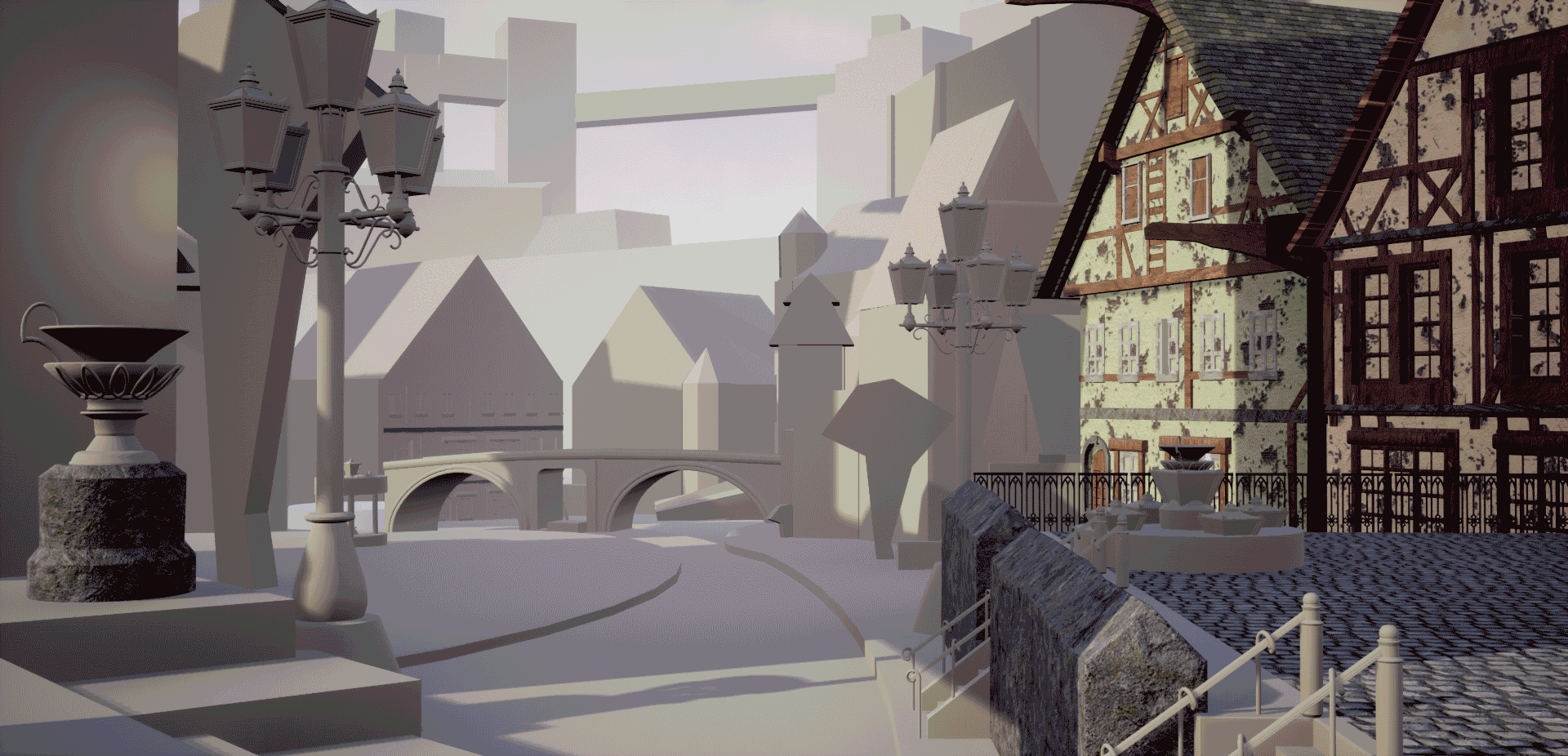
Throughout my time at Champlain, I tried every type of game art the program has to offer. Around the end of my second year, I decided that environment art inspired me the most, and from that point on focused on building my portfolio. By the end of my first semester in junior year, I was happy enough with a piece to post it to my Artstation account, which is a digital platform game artists use for their portfolios. Now that I’ve left Champlain, pretty much all of the game art I make is for work (I can’t talk about those projects yet so my portfolio hasn’t been able to grow). I’m extremely excited to add the work I’ve done at Velan to my portfolio once my game is announced!
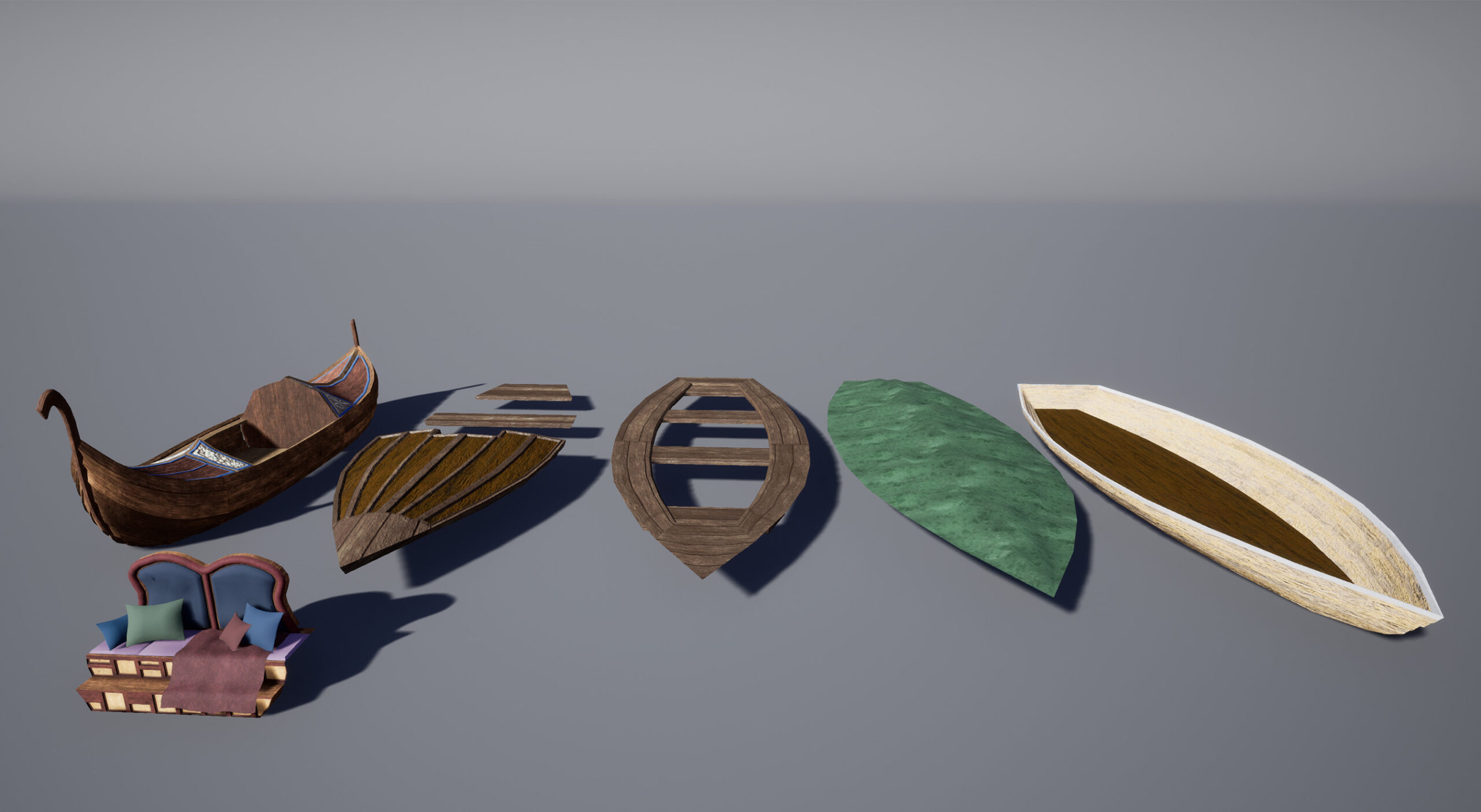
Q: Is there anything else you would like to add?
Sean: The Game Art program sends you through the crucible, but on the other side, you come out a better artist.
Also, go to the labs! The labs are where I made my memories and forged the friendships that will stick with me for life. Helping and talking to people in the labs makes everyone a better artist. That, and 2:00 AM shenanigans were the best. Expect some late nights!
Michael: In my opinion, Champlain is the best school if you want a career in game art. The school demands the very best from each Game Art student and gives you all of the tools you need to be able to produce your best artwork. It’s a lot of work, but it needs to be, and it’s absolutely worth it. You won’t recognize the artist you were when you started compared to the artist you become at the end, regardless of which discipline of art you specialize in. I would not be where I am today without Champlain, and I know everyone I graduated with feels the same way.
Brennan: The Game Art program can be challenging, but I want to be clear that it’s because video games and art are two fields people tend to be extremely passionate about. If you’re planning to make a career out of them, it’s really important to have that passion. When you’re passionate about something, it’s so much easier to always put your best work into it, and who doesn’t want to make the best video games out there?
Interested in applying to Champlain’s Game Art program? Learn more here!
Author

More Inside The View
Ideas
From the minds of our students, faculty, and alumni.
News
The latest from Champlain College.
People
Champlain is more than just a place; it's a community.
Places
On campus, in Burlington, and beyond.
Events
Check out our many campus events and get involved! Refine your search by using the filters or monthly view options.

